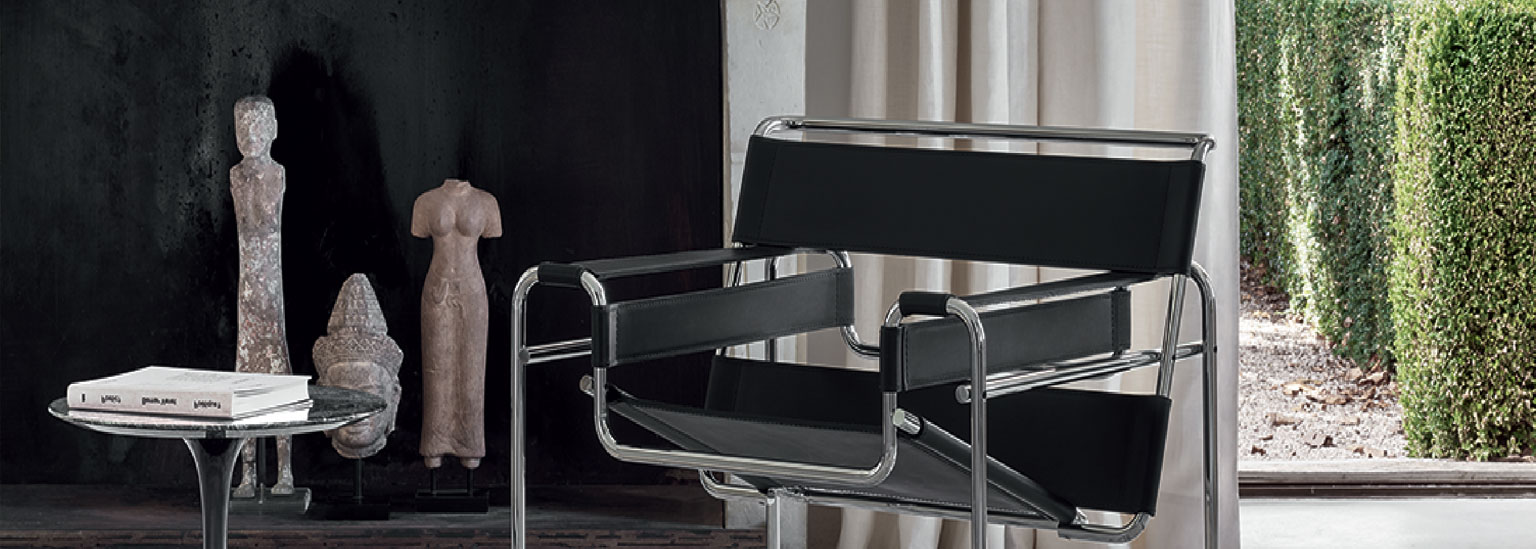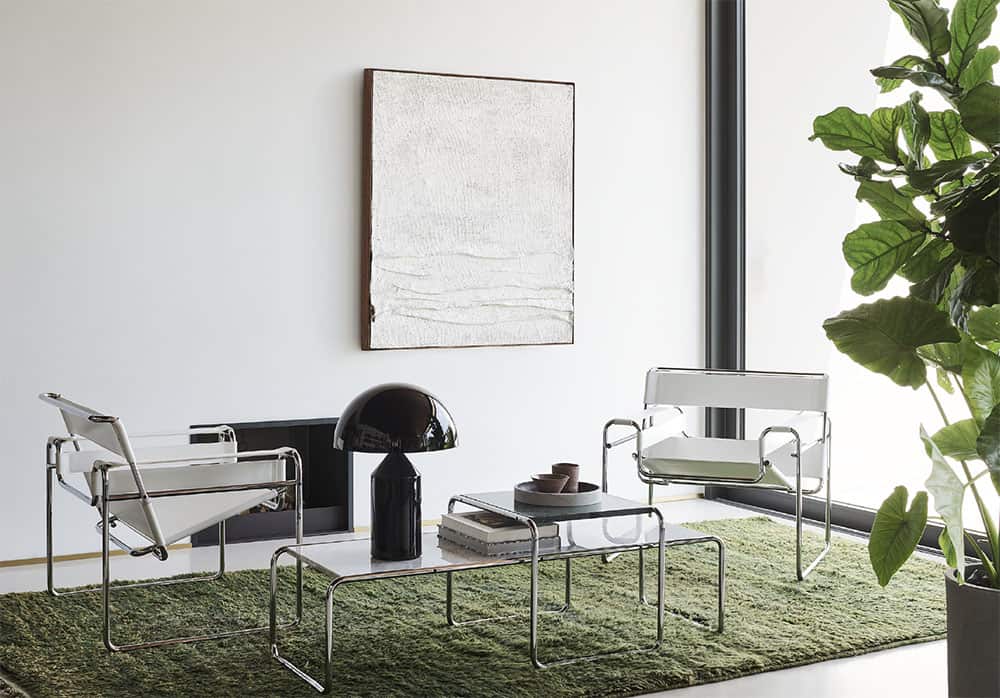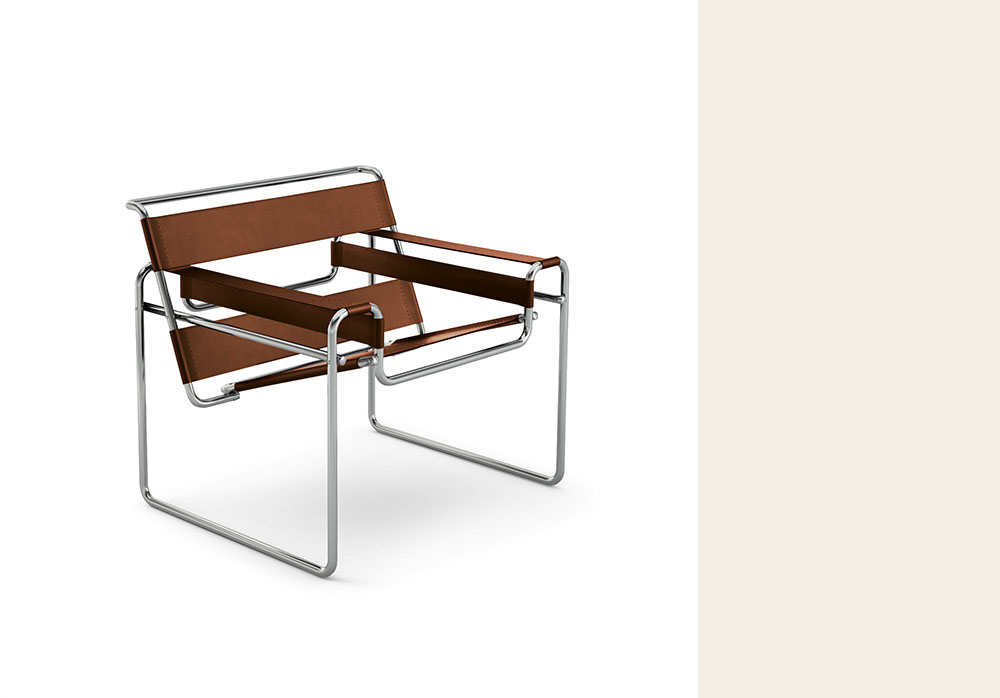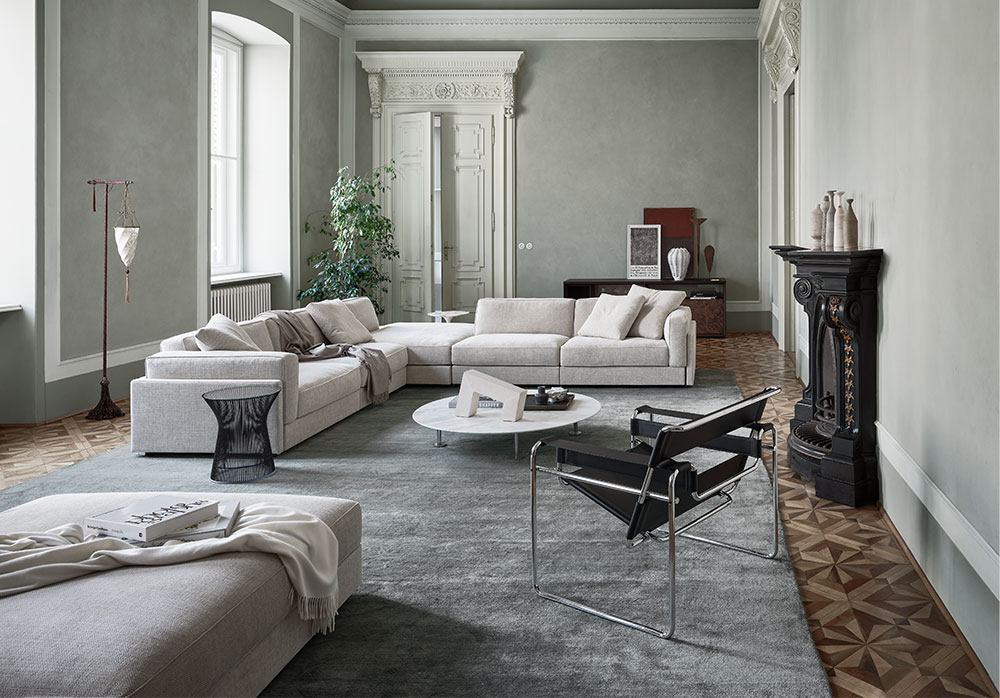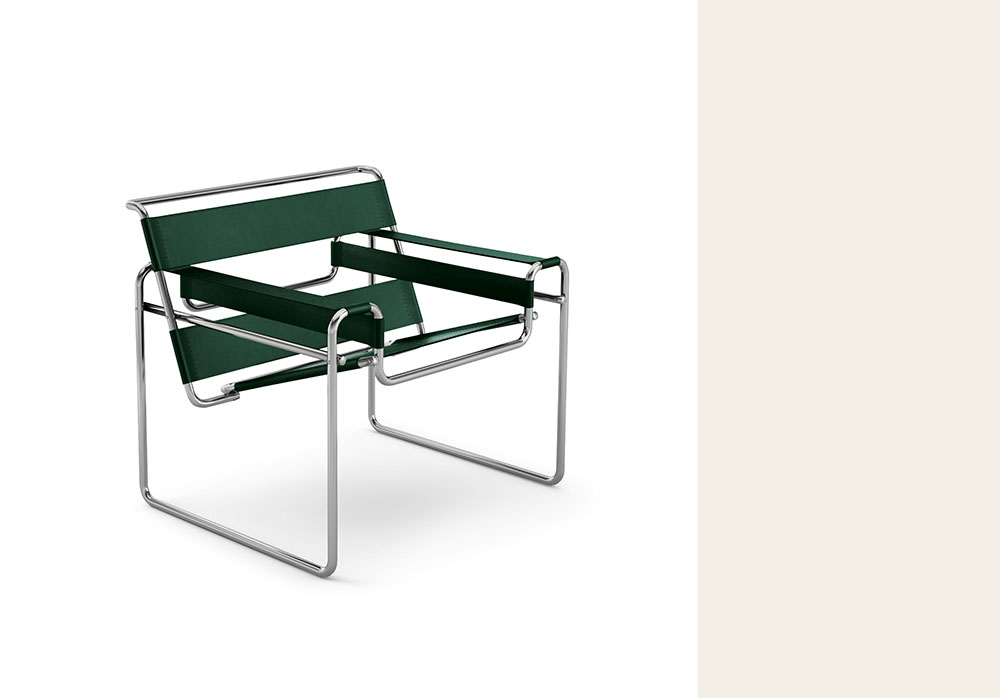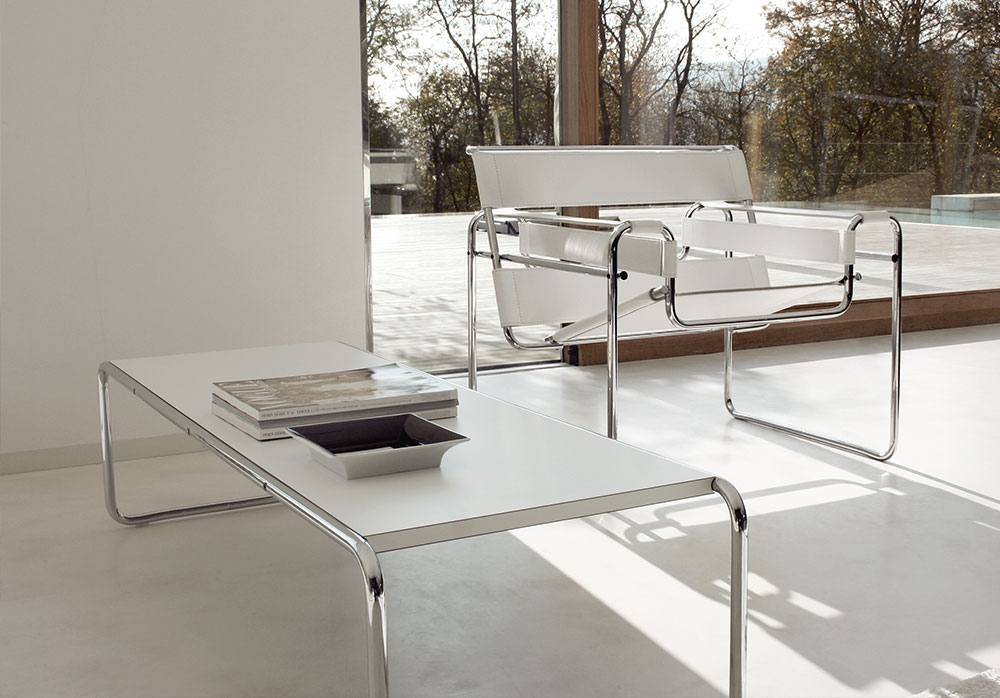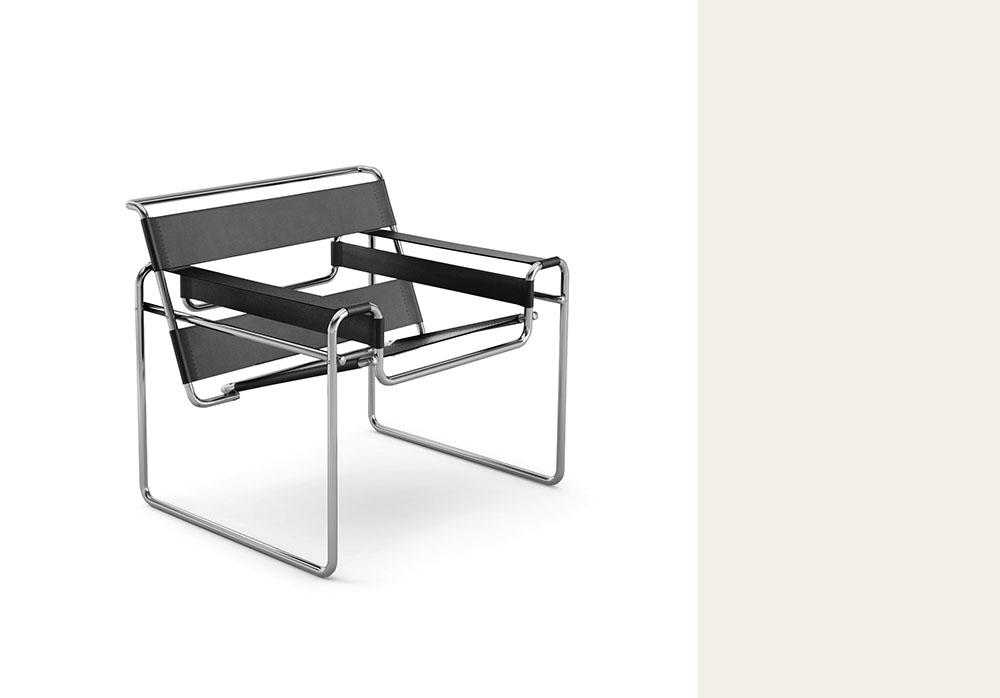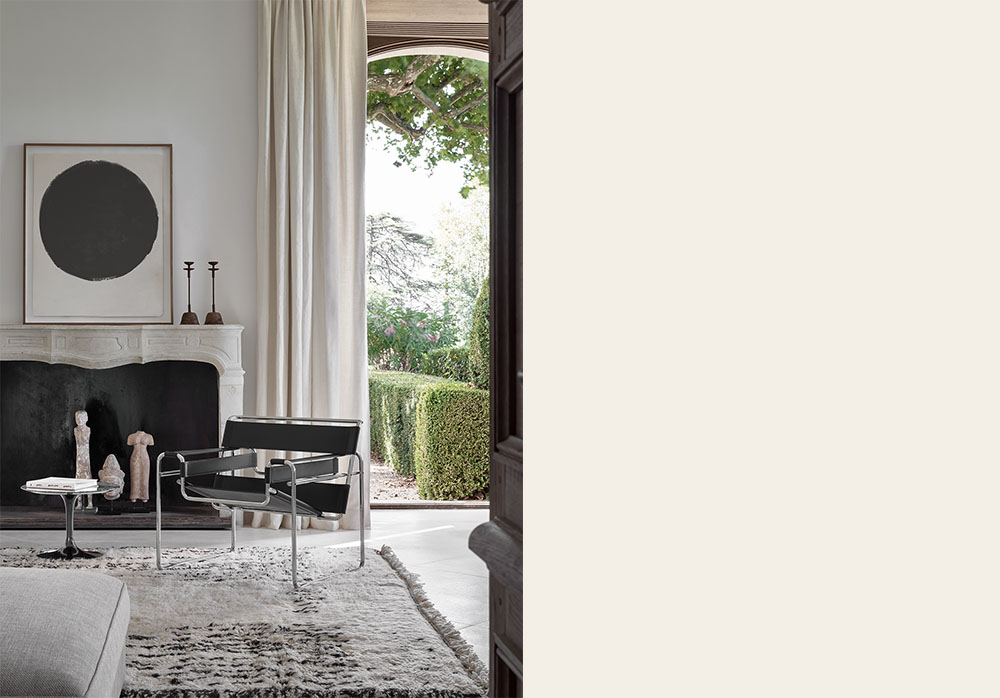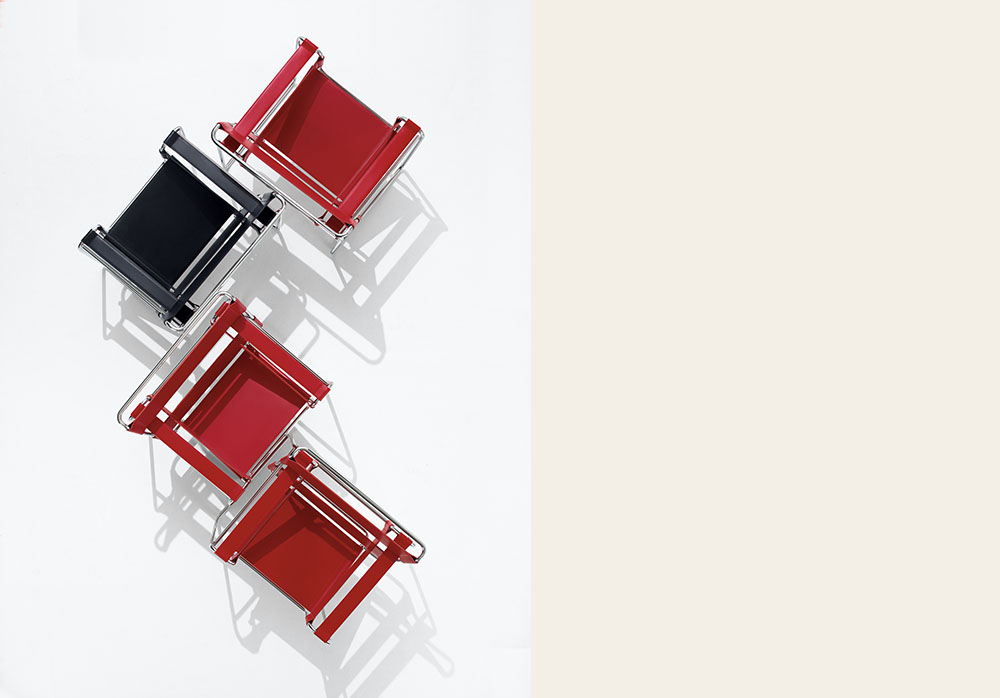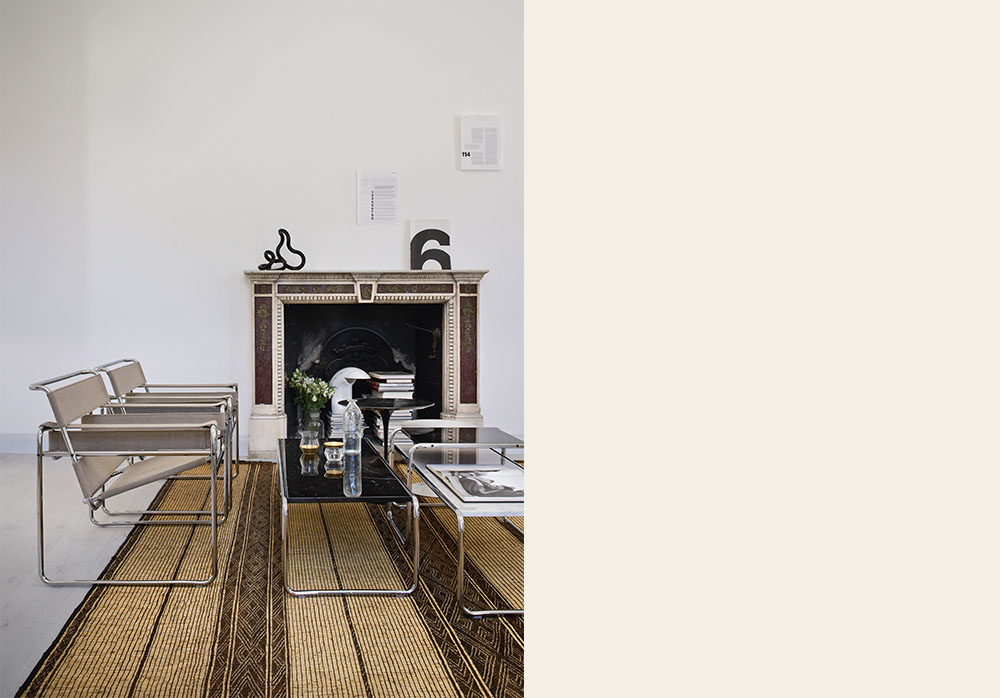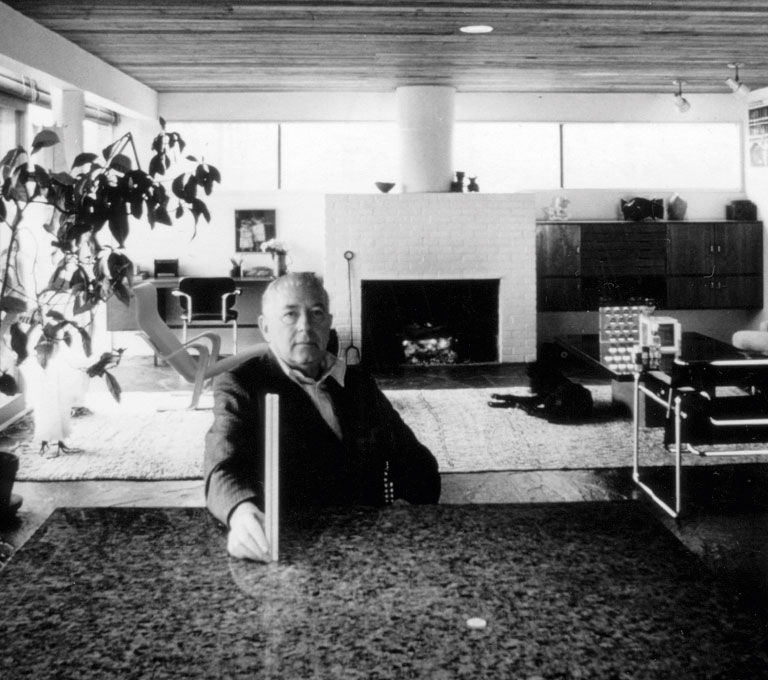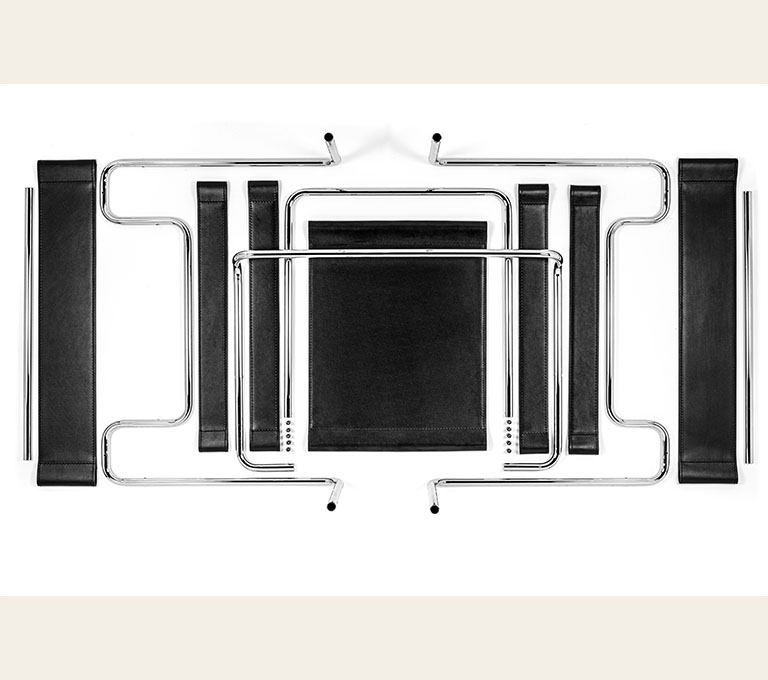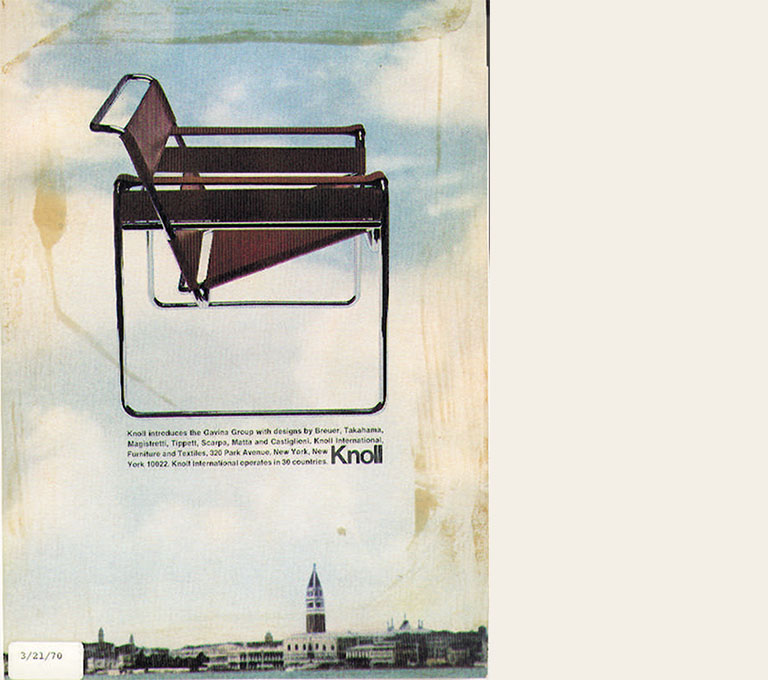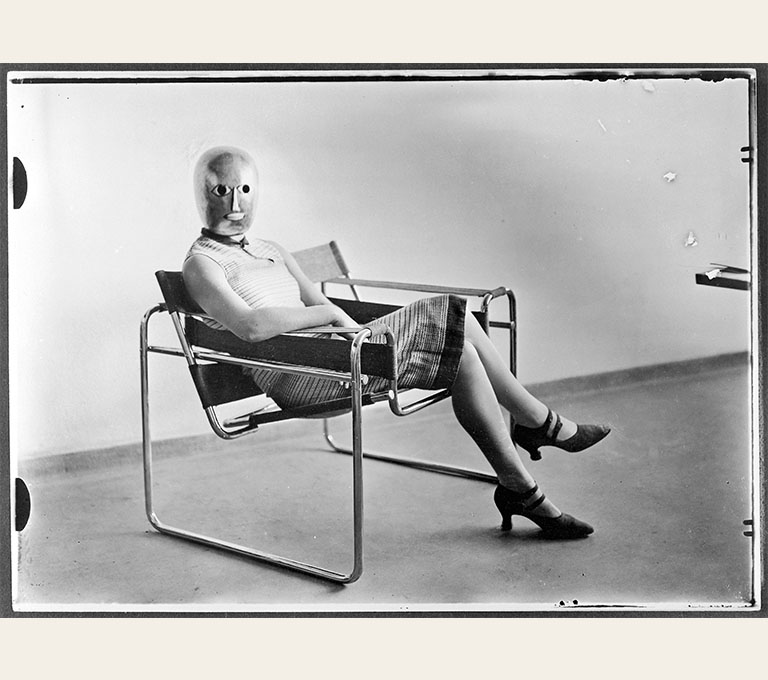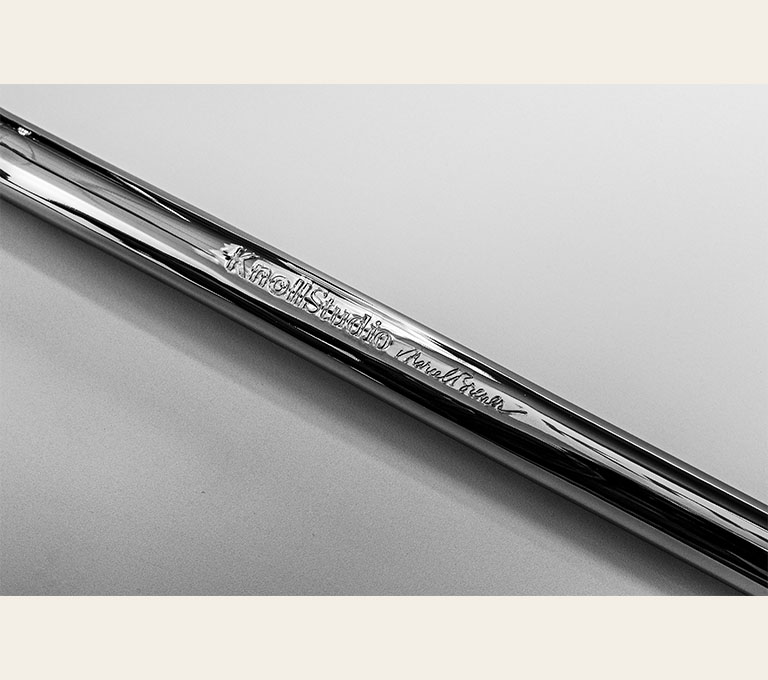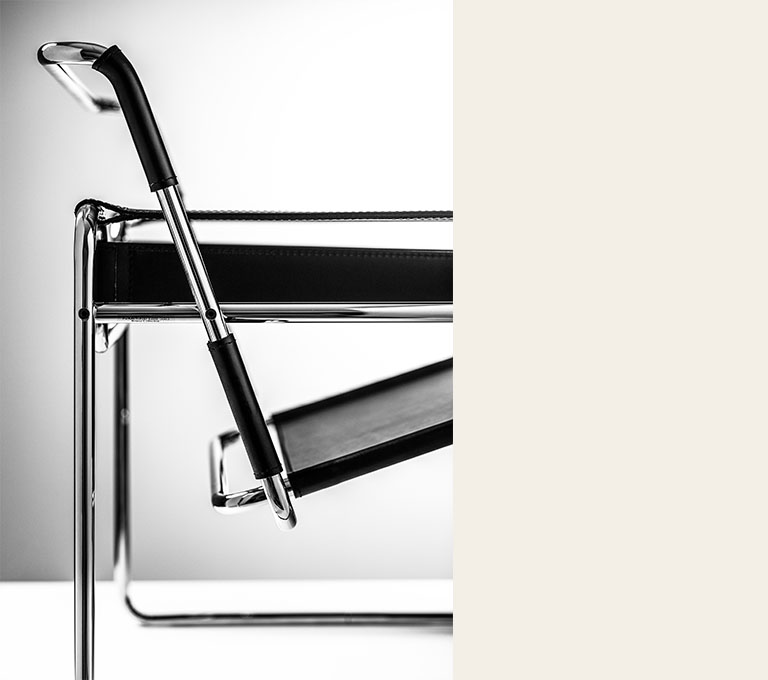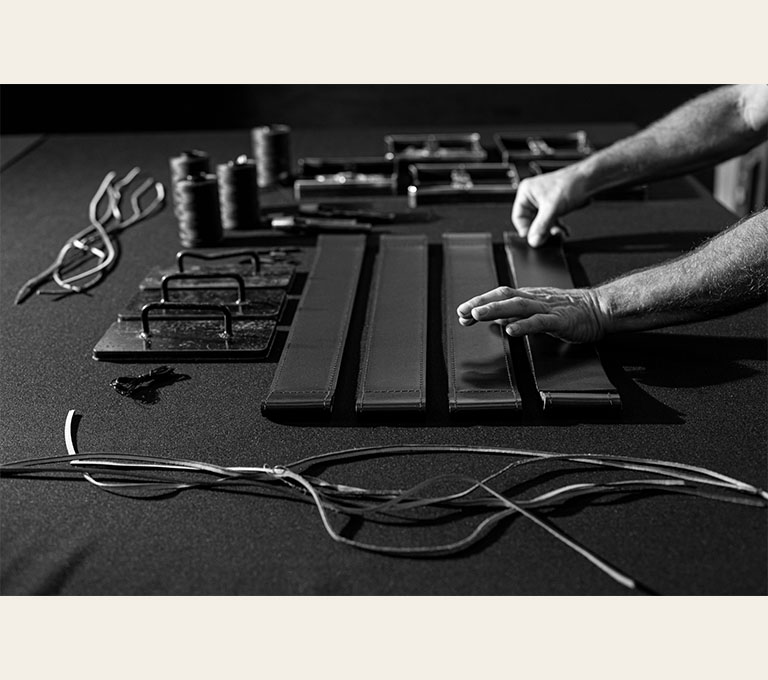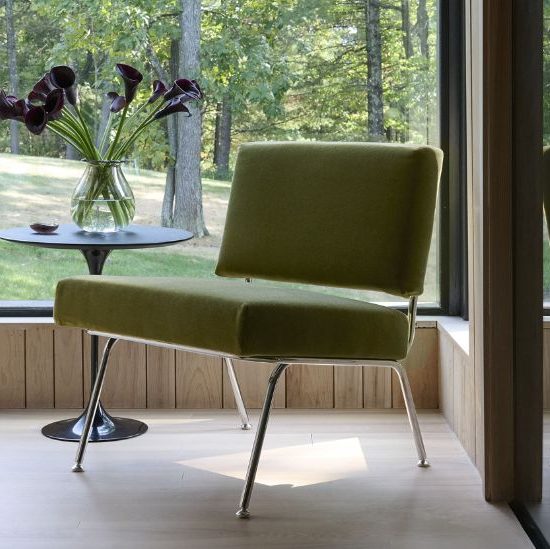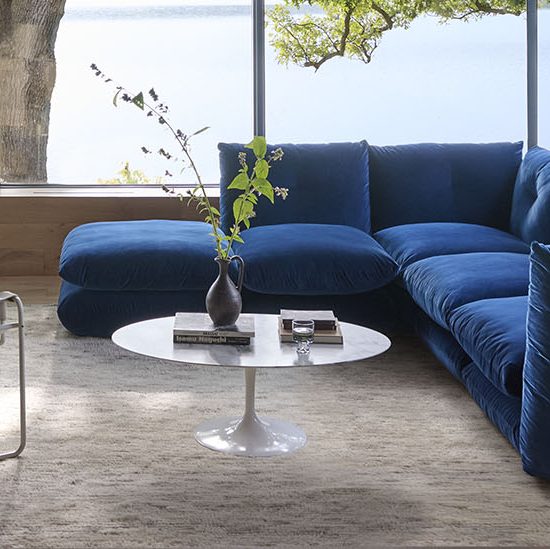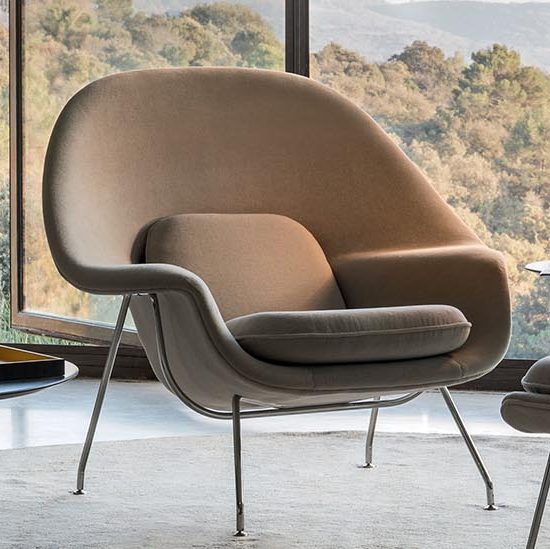Marcel Breuer
Knoll Portraits Vol.4 — Icons
“I am as much interested
in the smallest detail as in
the whole structure.”
Marcel Breuer
Breuer Collections — Inspirations
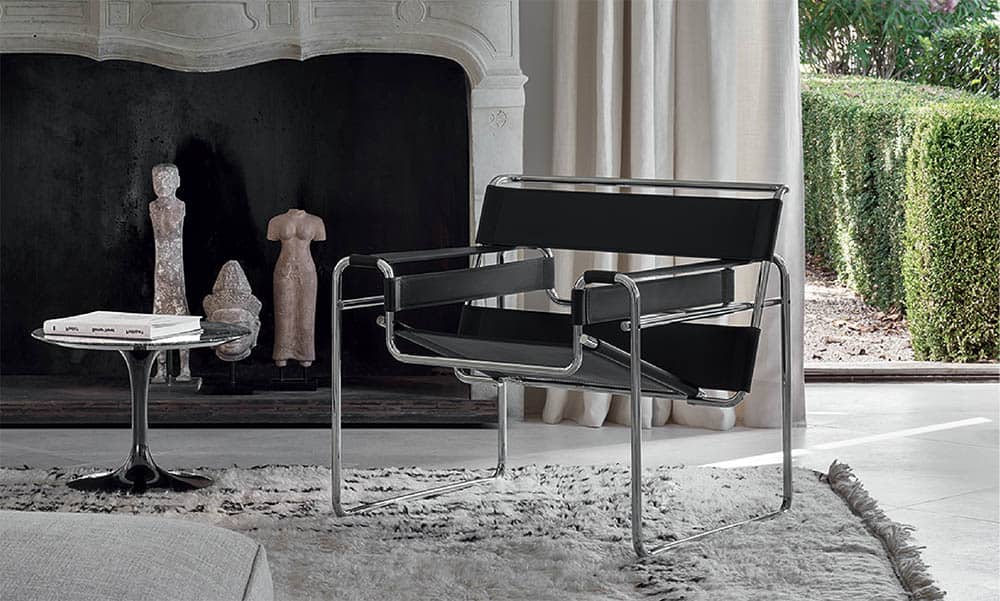
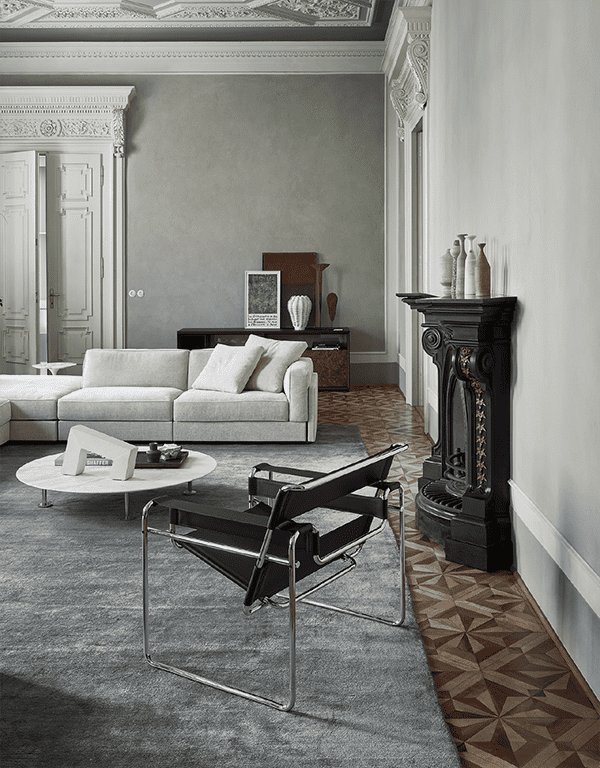
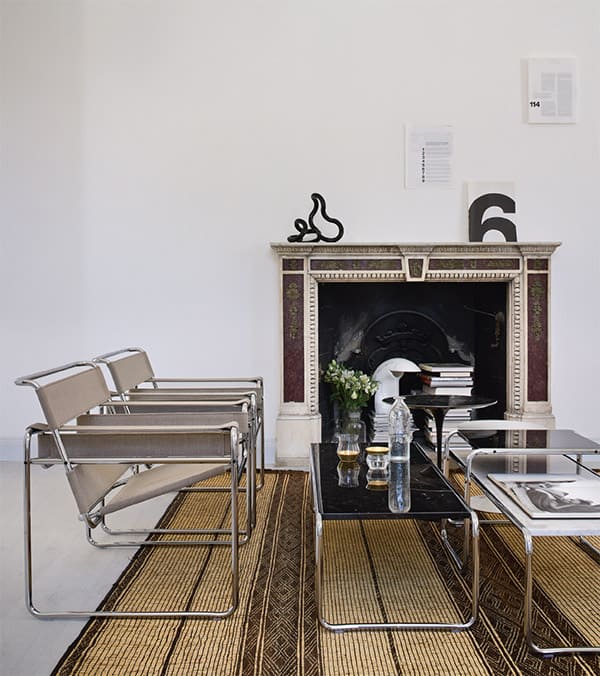
In 1925 Breuer created the prototype of the Wassily, a true deconstruction of a club chair in a linear structure, probably derived from that of bicycles, where the soft part for the seat is entrusted to taut straps of fabric or leather. Even today, the production of the Breuer collection is a skilful combination of advanced technology (working of the metal parts) and the hand of the craftsman (making the fabric and leather upholstery).
Marcel Breuer — Cabinet of curiosities
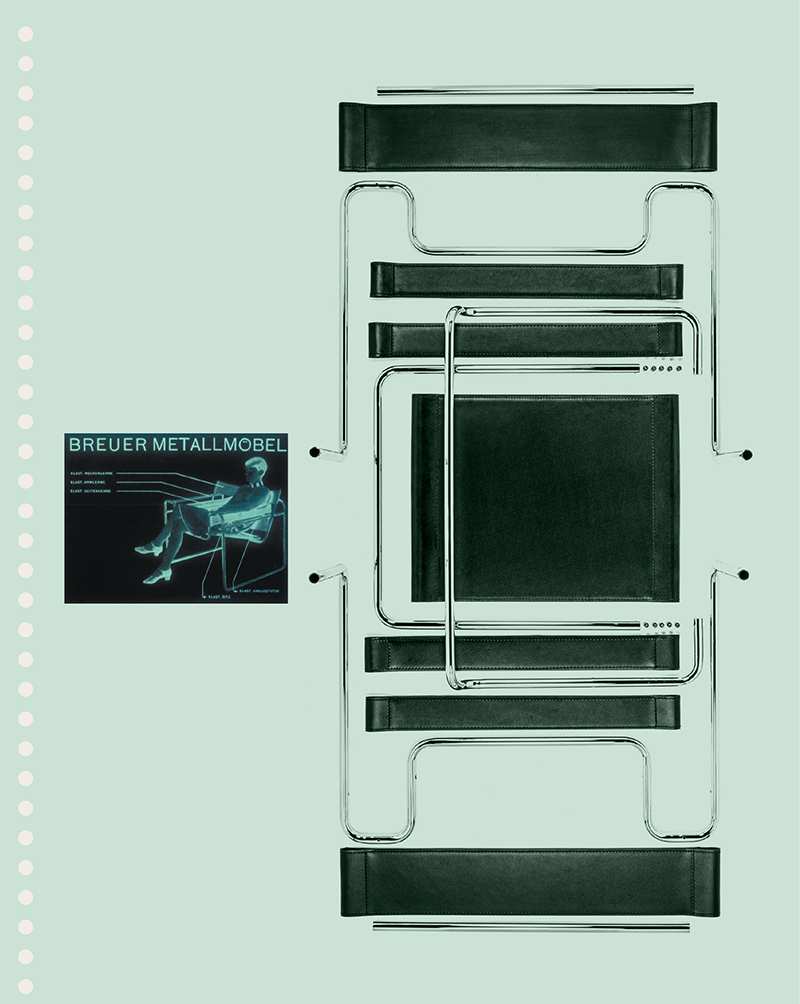
New York, 1962: Italian entrepreneur Dino Gavina met Marcel Breuer in his studio to propose to him to produce his already famous tubular metal furniture. These were pieces that have made history, starting out in the 1920s in Bauhaus Germany and becoming milestones of international design. Gavina turned up armed with great determination and – it seems – a bouquet of white roses which brought out a smile from the great designer and an agreement to make the new edition. Only six years later Knoll purchased the company from the Bolognese entrepreneur, along with those classics would become the Knoll-branded Breuer series the following year and one of the catalogue’s best sellers. Iconic furnishings fully loyal to the original design. So much so that they bear the signature of its author: run your hand over the tubular structure and you will have confirmation of this.
Video — Celebrate the Wassily Chair
Breuer Collections – Moodboards
In keeping with the philosophy of “Modern Always”, Knoll has created a collection of products capable of perfectly interpreting the brand’s values: timeless image and the coherent design with which the company has always been identified, skillfully combining uniqueness and comfort. Knoll’s revolutionary idea was, from the start, not to think about the individual furnishing element, but about the space. This approach led to products where functionality and aesthetic value are on the same level. Pieces designed in different periods of time, but belonging to the same design philosophy, the one started by Florence Knoll who adapted Modernist principles to create a new “total design” approach.
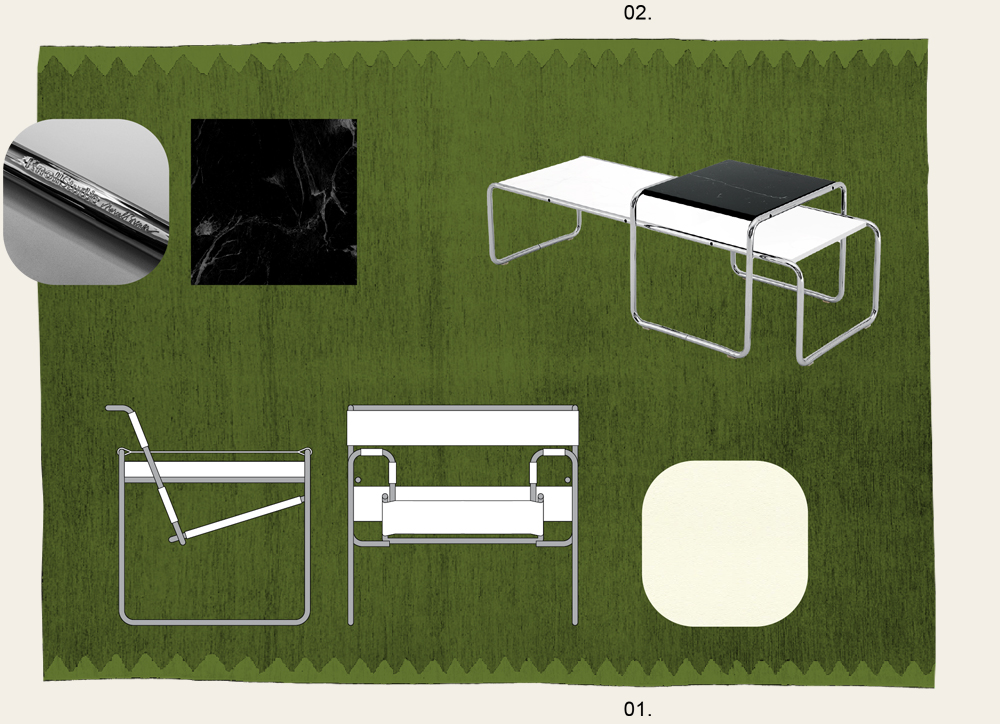
01. Wassily Chair; 02. Laccio Tables
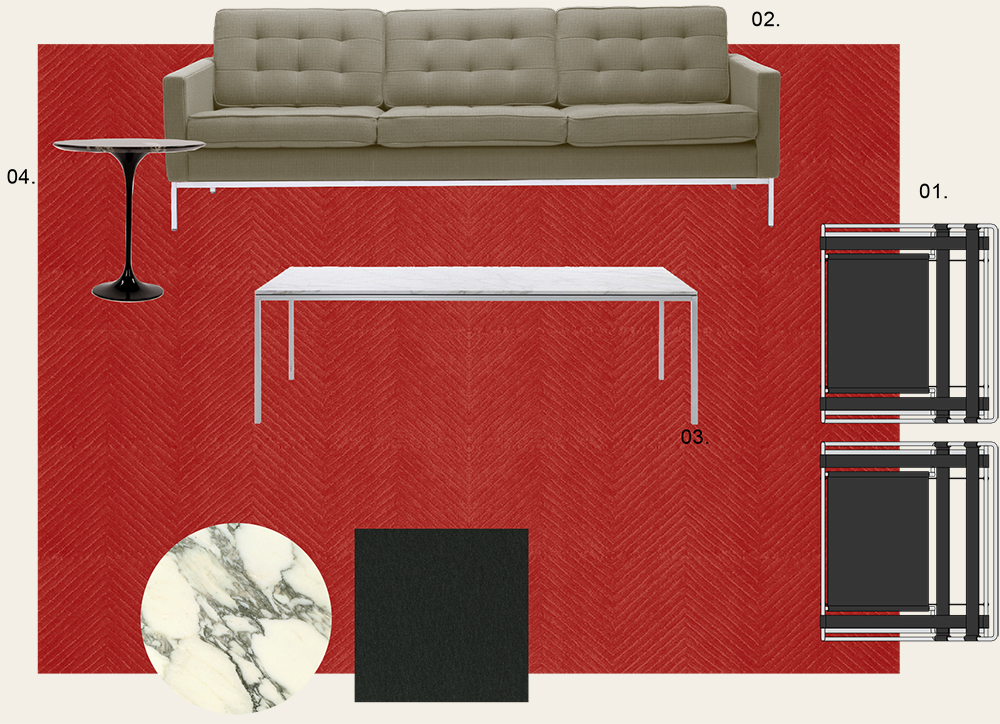
01. Wassily Chair; 02. Florence Knoll Sofa – Relax; 03. Florence Knoll Low Table; 04. Saarinen Low Table
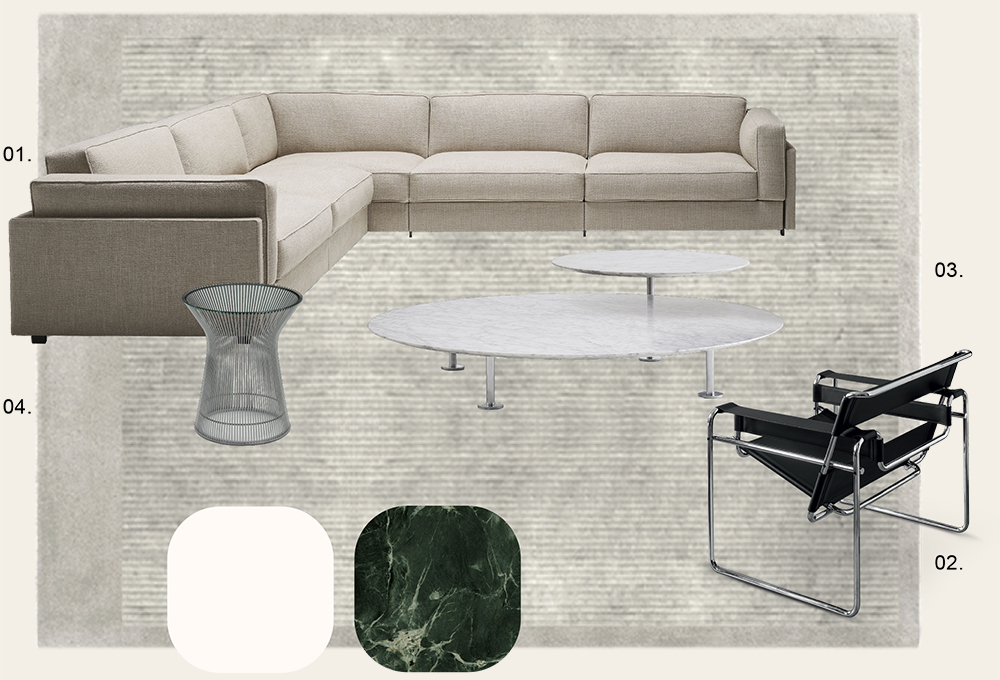
01. Gould Sofa; 02. Wassily Chair; 03. Grasshopper Low Tables; 04. Platner Side Table


